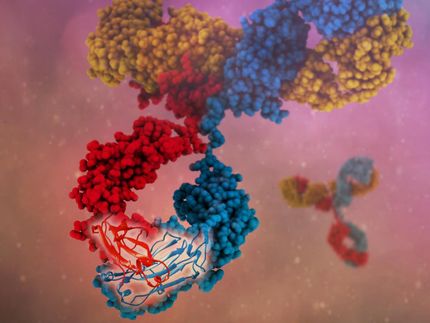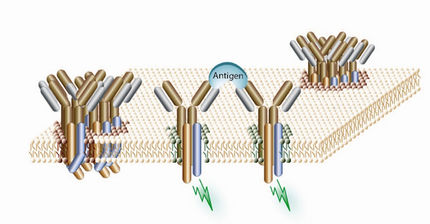Scientists identify a candidate gene for osteoporosis
Gene may underlie differences between African Americans and Caucasians
Advertisement
Researchers report the identification of a gene that may play a role in susceptibility to osteoporosis. The study, conducted by scientists at the Musculoskeletal diseases Center of the Jerry L Pettis Memorial Veteran's Affairs Medical Center at Loma Linda, shows evidence that a gene called DARC negatively regulates bone density in mice.
"If our finding using the mouse model is confirmed in humans, then we may be able to develop therapies that are based on inhibiting the function of the DARC gene," explains Dr. Subburaman Mohan, Ph.D., a Senior Scientist at the Loma Linda VA Medical Center and a Professor of Medicine and Biochemistry at Loma Linda University. "We will also be able to develop genetic screens to identify individuals who are at risk for osteoporosis."
Previous genetic studies had pointed to a region on mouse chromosome 1 as containing a gene responsible for BMD regulation. In the current project, Mohan and his colleagues honed in on this region of chromosome 1 using a variety of molecular techniques, and they located a gene called DARC (Duffy Antigen Receptor for Chemokines) that exhibited different levels of expression in mice with higher BMD. The analogous chromosomal region has also been shown to influence osteoporosis in humans.
The protein encoded by DARC binds to chemokines - or small signaling proteins - that are involved in osteoclast formation. Osteoclasts break down bone in a process called bone resorption, releasing important minerals such as calcium, phosphate, and magnesium into the bloodstream. This causes a reduction in BMD.
To confirm the involvement of DARC in regulating BMD, Mohan's team characterized the skeletal phenotype of mice with and without the DARC gene. The DARC-knockout mice exhibited increased BMD and lower bone resorption compared to mice with the DARC gene, supporting the predicted role of DARC in hastening bone resorption. They also showed that antibodies to the DARC protein, which effectively blocked the action of DARC, inhibited the formation of osteoclasts.
Although the researchers have identified a number of DNA alterations in the DARC gene, they did not pinpoint the specific alteration that was responsible for the BMD differences between the two strains of mice. However, Mohan and his colleagues predict that changes in the amino acid sequence or alterations in regulatory regions of the DARC gene may lead to key functional changes.
"There are interesting differences between African Americans and Caucasians that could be associated with this gene," explains Mohan. "African Americans exhibit significantly higher BMD compared to Caucasians. Also, African Americans generally do not have the Duffy protein on red blood cells, while Caucasians do. The potential genetic association between DARC gene variation and these traits in humans certainly makes it worthy of further investigation."
Original publication: Edderkaoui, B., Baylink, D.J., Beamer, W.G., Wergedal, J.E., Porte, R., Chaudhuri, A., and Mohan, S.; "Identification of mouse Duffy Antigen Receptor for Chemokines (DARC) as a BMD QTL gene." Genome Res. 2007.
Other news from the department science
Most read news
More news from our other portals
See the theme worlds for related content
Topic world Antibodies
Antibodies are specialized molecules of our immune system that can specifically recognize and neutralize pathogens or foreign substances. Antibody research in biotech and pharma has recognized this natural defense potential and is working intensively to make it therapeutically useful. From monoclonal antibodies used against cancer or autoimmune diseases to antibody-drug conjugates that specifically transport drugs to disease cells - the possibilities are enormous

Topic world Antibodies
Antibodies are specialized molecules of our immune system that can specifically recognize and neutralize pathogens or foreign substances. Antibody research in biotech and pharma has recognized this natural defense potential and is working intensively to make it therapeutically useful. From monoclonal antibodies used against cancer or autoimmune diseases to antibody-drug conjugates that specifically transport drugs to disease cells - the possibilities are enormous

























































